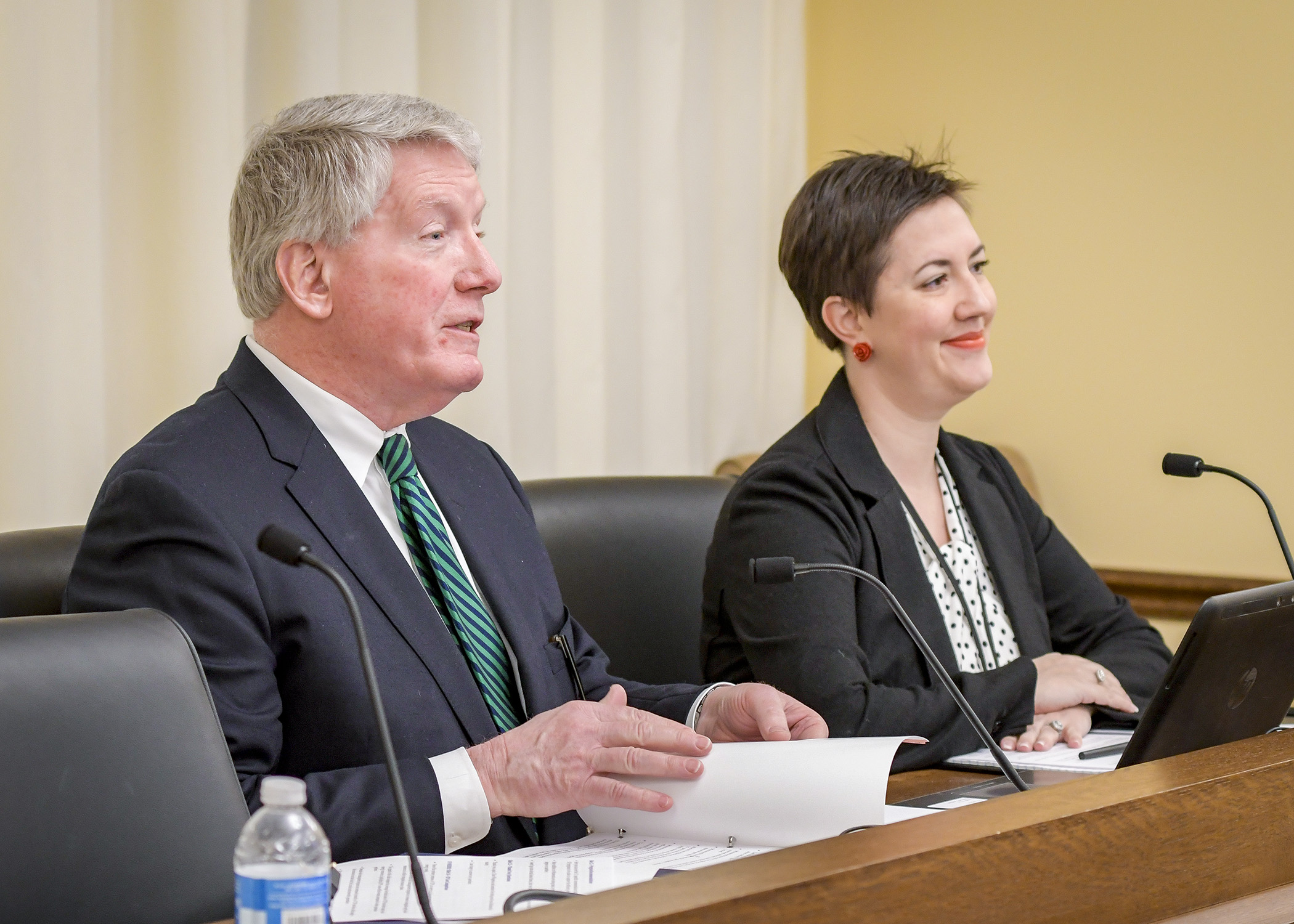Division hears best ways to achieve energy savings in coming decade

Saving money on energy is something that home and business owners have been hearing about for decades, with a plethora of cost-saving tips offered. But what areas will really make a difference in energy efficiency over the next decade?
The Department of Commerce conducted a study to figure that out, and Commerce Commissioner Steve Kelley presented its findings to the House Energy and Climate Finance and Policy Division Tuesday.
Projecting levels of electric and natural gas use through 2029, the study concluded that changing how you heat your home or business is your best chance for becoming a more efficient energy consumer, while businesses could also benefit from more efficient lighting.
The study looked at potential cumulative savings by 2029, then broke down what residential measures were most responsible for those savings. For those who use gas for heat, having a condensing furnace made the biggest difference, accounting for 28 percent of total savings, while having a connected or “smart” thermostat was close behind, at 25 percent.
Because 17 percent of Minnesota households use electricity as a heat source, the study concluded that the greatest potential in electricity savings could come from installation of air source heat pumps, which the study posited might become “the new LEDs for the residential sector.”
The study also offered numbers on how much greenhouse gas emissions would drop if these measures were taken, concluding that it would be the equivalent of taking 1.5 million vehicles off the road by 2029.
Commissioned as part of the state’s conservation improvement programs, the study was prepared for the Commerce Department by energy efficiency consultants Center for Energy and the Environment, Optimal Energy and Seventhwave.
Related Articles
Search Session Daily
Advanced Search OptionsPriority Dailies
Ways and Means Committee OKs proposed $512 million supplemental budget on party-line vote
By Mike Cook Meeting more needs or fiscal irresponsibility is one way to sum up the differences among the two parties on a supplemental spending package a year after a $72 billion state budg...
Meeting more needs or fiscal irresponsibility is one way to sum up the differences among the two parties on a supplemental spending package a year after a $72 billion state budg...
Minnesota’s projected budget surplus balloons to $3.7 billion, but fiscal pressure still looms
By Rob Hubbard Just as Minnesota has experienced a warmer winter than usual, so has the state’s budget outlook warmed over the past few months.
On Thursday, Minnesota Management and Budget...
Just as Minnesota has experienced a warmer winter than usual, so has the state’s budget outlook warmed over the past few months.
On Thursday, Minnesota Management and Budget...